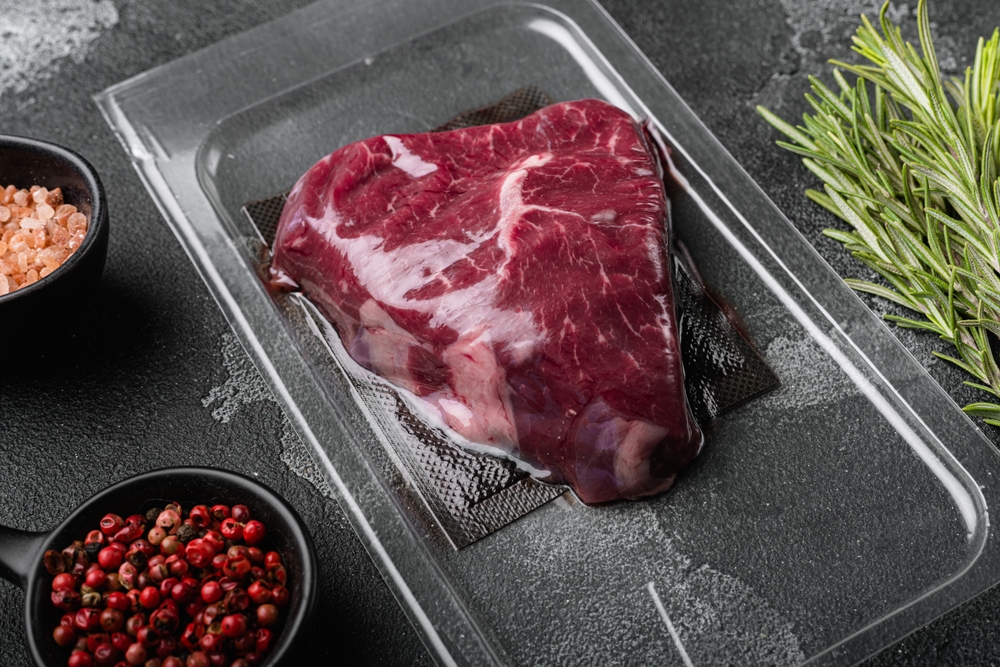
The danger facing the food industry when modernizing their packaging equipment is that the novel techniques they apply may impair flavor and texture. For this reason, it is necessary to have a team that analyzes the best way to use the latest packaging technology without subtracting a single one of the properties and characteristics that the food possesses.
Things to Consider
The aim is to ensure the longest possible useful life for the product while preserving all its properties. The company should think about every detail so that clients’ products arrive in perfect condition at the consumer’s table. Important things to consider include:
- Packaging materials. The packaging material chosen for each product depends on both the characteristics of the food and its manufacturing process (if it is not a raw product) and its distribution system, among other technical criteria.
- Thicknesses of the different layers.
- Geometry or suitable packaging atmospheres.
- Fill sealers
- Case packers
- Over wrappers
- Tray sealers
- Packaging machines
Avoid Food Waste
Every year, tons of food end up in the trash. Correct food packaging plays a fundamental role in this problem. Through the application of materials, techniques, and optimal packaging processes, all the properties and characteristics of food products can be preserved and their useful life extended.
What About Machinery?
Packaging companies should acquire state-of-the-art machinery, such as a meal prep packing machine. As is the case of automated packaging machines with high-performance metal controls. The right machinery improves the packaging experience and helps with food preservation.
The Packaging Process
Certain questions need to be answered first. What does packaging quality control consist of? What are the features and actions that product packaging should take into account to stand out? All the answers are in the way that the process continues to improve.
Quality Control in the Packaging Process
Packaging processes always require quality control, regardless of the products they contain. It is clear that some areas, as in the case of the food industry, require rigorous control in the packaging and handling of products.
Inspection is Essential
Inspection and continuous improvement are opportunities that companies have at their fingertips and that collaborate efficiently in terms of business competitiveness and terms of consumer expectations.
There are various types of quality controls. Here are the most used:
- Initial inspection. It is the control before the manufacture of products and packaging, with which the raw material, the proper functioning of the machinery, and any initial process of the industry are analyzed.
- Inspection of the production process. It is a control of the production process where the manufactured batch and its correct packaging are examined. It allows the detection of problems in functionality, batching, labeling, quantities, etc.
- Final inspection. This is the analysis of the final part of the production to guarantee properly packaged and handled merchandise, as well as to review the quantities and batches manufactured.
Within any quality control process, reports play a central role as they allow companies to compare results and improve decision-making based on relevant and accurate data.
Optimizing the Process
The optimization of the packaging process is one of the most important factors in the industry. The packaging has acquired new characteristics and changes that must be controlled regularly. The use of a food vacuum seal helps to improve production quality.
Conclusion
Carrying out different processes of continuous improvement generates a significant reduction in errors and costs, improves the quality of production, and increases the safety of production and logistics processes. If you are interested in improving your company’s packaging, reach out to Roberts Technology Group, Inc to give customers better quality in food production and packaging.